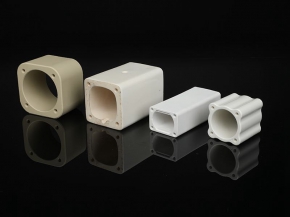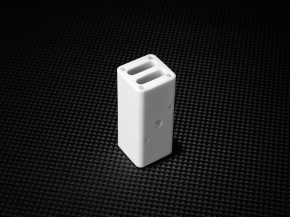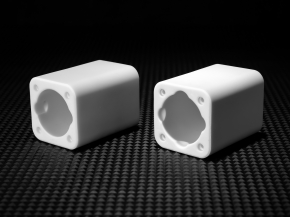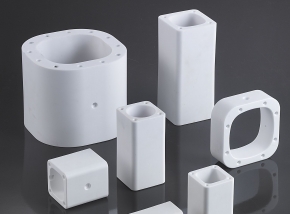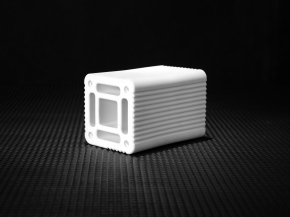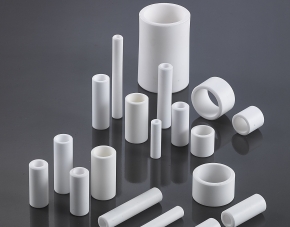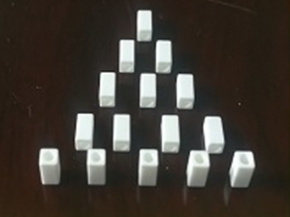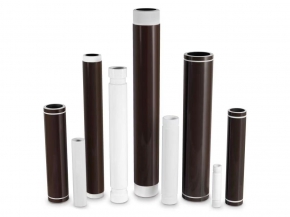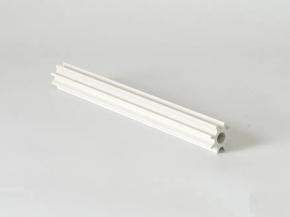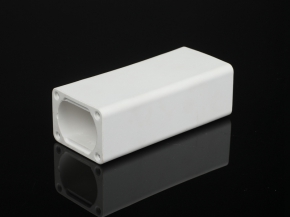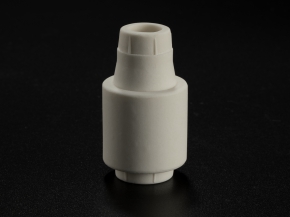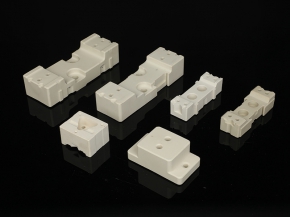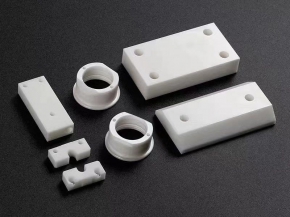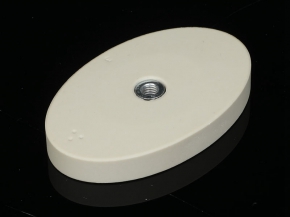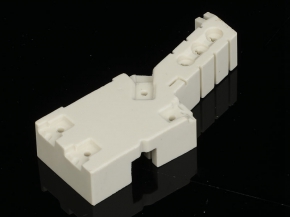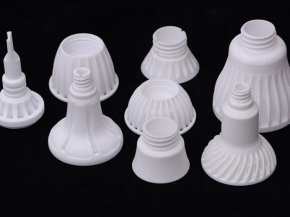Fuse and Circuit Breaker
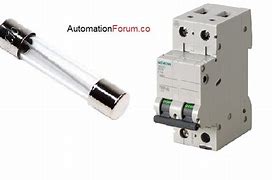
A fuse and circuit breaker both of them protect an overloaded circuit by disrupting the currentcontinuity. The way they disrupt the current flow is dissimilar. A fuse is a simple piece of metal that melts down when overheated because of excessive flow of current whereas a circuit breaker has switching mechanism that is activated when unsafe current flows through the circuit. Fuses are faster to disrupt the current flow but they must be replaced after a piece of metal melts down, whereas circuit breakers can be reset and used multiple times.
The most significant distinguishing factor between fuse and circuit breaker lies in their operational mechanism. The fuse functions at the base of thermal as well as electrical characteristics of the conducting metal which is utilized in the fuse, whilst a circuit breaker functions on the base of electro-mechanical principles.
Herein main differences between Fuse and Circuit breaker are discussed on the basis of practical factors such as their Functionality, Operation Time & Mode, Breaking Capacity, Representation, Temperature Effects, and Applications.The following table covers the key Differences between Fuse and Circuit Breaker.
Characteristics | Fuse | Circuit Breaker |
Function | Performs detection as well as interruption function. | Performs interruption function ONLY. |
Operation Mode | Inherently completely automatic operation | Needs comprehensive equipment such as relays for automatic operation |
Operating time | Very small like 0.002 sec or even less | Comparatively large (ranges between 0.1 and 0.2 seconds) |
Replacement | Have to replace after every operation | No need to replace after every operation |
Operation principle | It’s operation is based on the heating property of a conducting material | It’s operation is based on switching mechanism (which is electromechanical in nature) |
Breaking Capacity | Small | Large |
Temperature | Completely independent of an ambient temperature | Depends on an ambient temperature |
Characteristics curve | Because of ageing, characteristic curve shifts | Does not shift. |
Cost | Low cost | Very high mainly depends upon application |
Protection | Provides protection against overload | Provides protection against overload as well as short-circuit in the system |
Post-Operation | It is replaced manually after operation | It can be reset quickly after operation |
Application | Used extensively in an electronic equipment’s which draw low current | Used in power equipment's such as in motors and other heavy machines which draw a large amount of current |
